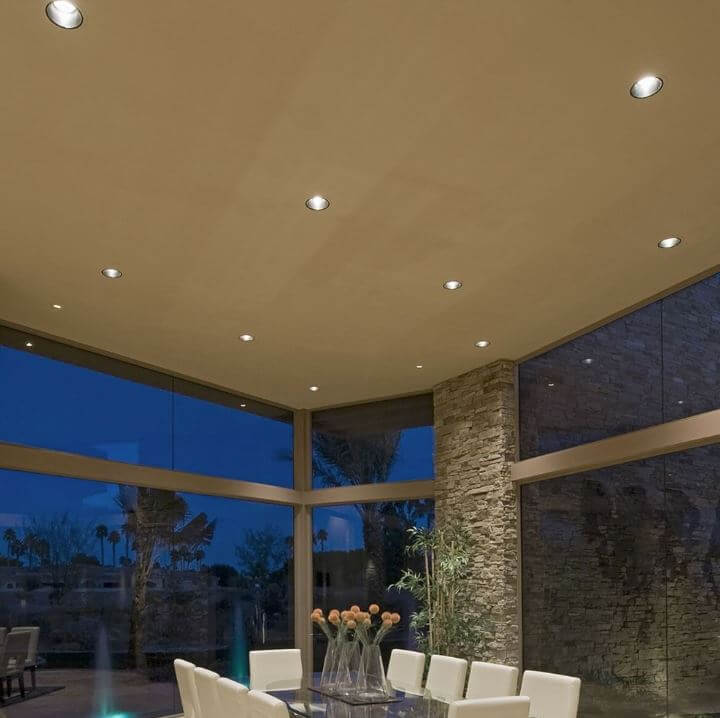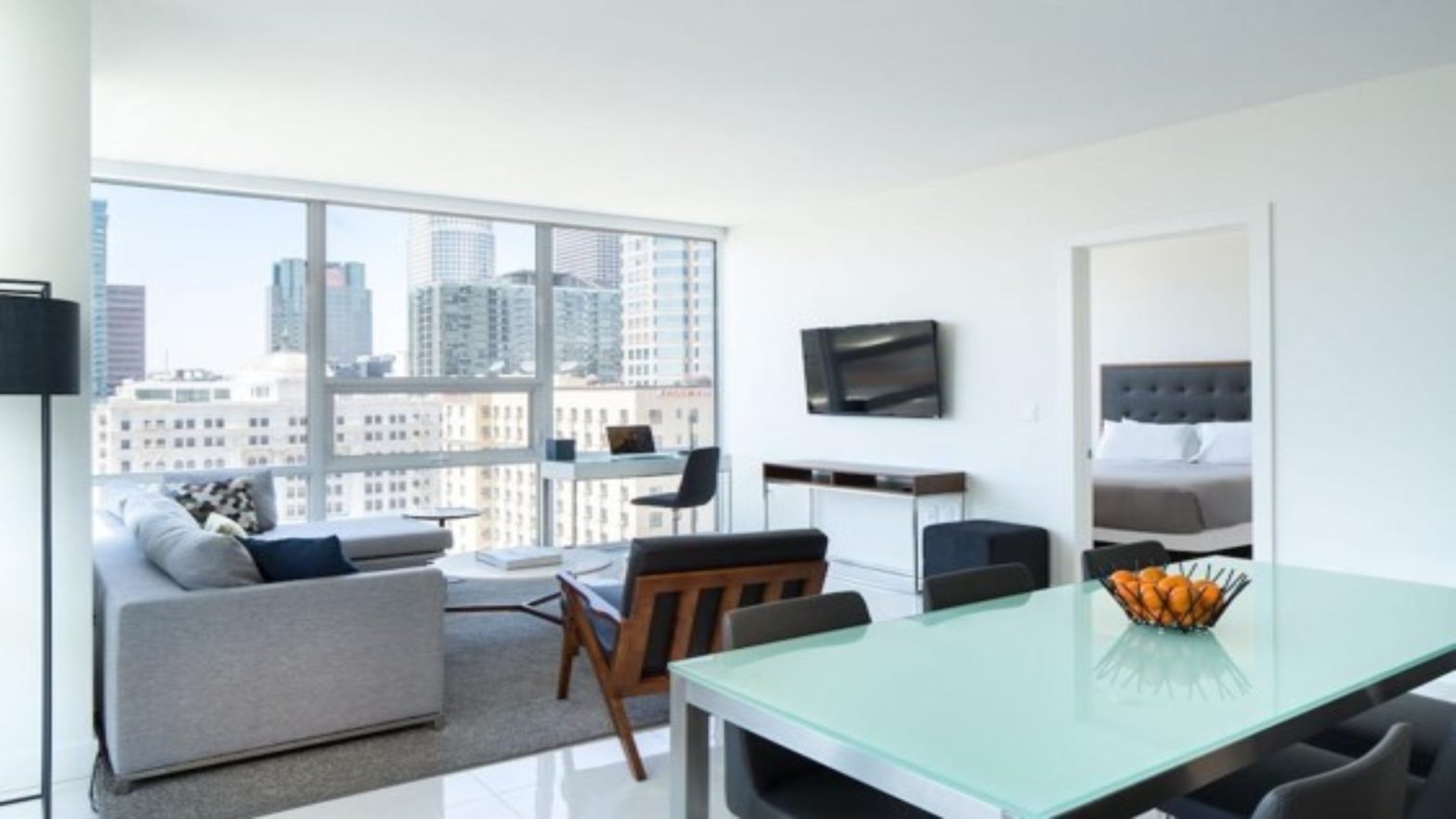Why are energy bills so high in the UK?
How much we pay for electricity depends on the price of the fuel used by UK power stations to generate that electricity. According to the energy regulator, Ofgem, fossil gas accounts for 39% of the fuel used by the UK for electricity generation. This is the largest percentage of fuels used by UK power stations, with coal at 35%, nuclear at 20% and 6% for renewables and other sources.
In June 2022 the think tank Ember estimated that average electricity prices had risen by £116 per megawatt hour over the previous year and that £93, or 80% of this increase was due to the rise in gas prices.
What uses the most electricity in a home?
According to the Energy Saving Trust, the top five energy-consuming appliances in the home are washing machines, dishwashers, tumble driers, fridges, and freezers. These account for 27% of the average domestic electricity bill. With all the consumer electronics like computers and TVs we use these days, these are next at 6% of your bill while lighting comes in next at 5%.
While 5% may not sound like much, with energy prices rising at their current rates, what was once 5% of a small energy bill for your home is now 5% of a very large bill and worth reducing if you possibly can.
What is the cheapest lighting to use?
The Energy Saving Trust’s top tip for reducing the amount of money you spend on lighting is to replace incandescent and halogen bulbs with LEDs. Halogens were already an improvement on the older incandescent bulbs and compact fluorescent lamps (CFLs) are also more efficient and longer lasting. But LEDs are king. Changing a 100W incandescent bulb to an equivalent LED saves £13 per year for each bulb changed and £6 for every 60W incandescent bulb.
This is because LED stands for “light emitting diode” – a semiconductor that emits light when electricity is passed through it. An LED requires very little energy to emit light, compared to other lighting sources and they also last much longer.
How much electricity do LEDs use?
According to the US Dept of Energy, LED lights use at least 75% less energy, and last up to 25 times longer, than incandescent lighting.
Can I leave LED lights on all the time?
An LED typically lasts 35 to 50 thousand hours and unlike incandescent bulbs whose filaments burn out due to the heat they produce, when LEDs finally fail it is usually not the LED “bulb” itself that has died, it’s the capacitor part of the unit which converts your mains AC (alternating current) power supply in your home to the DC (direct current) used by the LED, which can degrade over time.
Running a 3W LED is estimated to cost £0.0005 per hour. This gives an average cost of £1.86 per year for each LED – but this is based on what’s considered “normal” use, running the light for an average of 10 hours a day, 365 days a year. Keeping the same LED on 24/7, 365 days a year costs an estimated £4.38 a year. Now multiply that by all the lights in your home.
FAQs
What is the average energy bill in the UK 2022?
According to the energy price comparison site Usave, the average electricity bill for a 3-bedroom house in the UK will be about £1,728 per year from October 2022. This is an increase from the current average of £1,004 per year. For a 1 bedroom flat, the average is estimated to rise to £1,208, up from £724.
Both of these figures are estimates for electricity only and do not include the cost of any heating generated by gas or oil.
Is it OK to sleep with LED lights on?
A low-lumen LED makes a great nightlight due to its low cost to run, low energy use, low heat emissions and long life. A 3W LED will cost an average of £0.004 to run for 8 hours overnight. However, it is common sense to switch the lights off when you are not using them.
Do LED strip lights use a lot of electricity?
The use of LED strip lighting in domestic situations is one of the most exciting developments in recent home lighting design because an LED strip has such a low profile that it can be fitted into places where no other lighting type can fit and can be controlled to emit light of almost any colour. LED strips can be fitted under shelves, closets or even beds to emit light into dark corners, making small rooms feel larger and adding ambience to previously dull spaces.
Will LEDs reduce my carbon footprint?
Yes.
Your carbon footprint is the amount of carbon dioxide and other greenhouse gasses (measured in kg or tonnes) that are put into the atmosphere when you use energy in your daily activities. This includes the fossil fuels like gas, coal or oil that are burned to make the electricity you use to light and heat your home, cook your food and run appliances. It’s these greenhouse gases that are warming the planet by trapping heat from the sun inside the Earth’s atmosphere and causing climate change.
As we saw earlier, gas and coal account for 74% of the fuels burnt to create electricity in the UK so the less of it you use, the lower your carbon footprint. According to the Energy Saving Trust “If you replace all the bulbs in your home with LED lights, you could reduce your carbon dioxide emissions by up to 40kg a year.”
Converting any of the older types of light bulbs in your home to LEDs will save on your energy bill this year and well into the future.





























